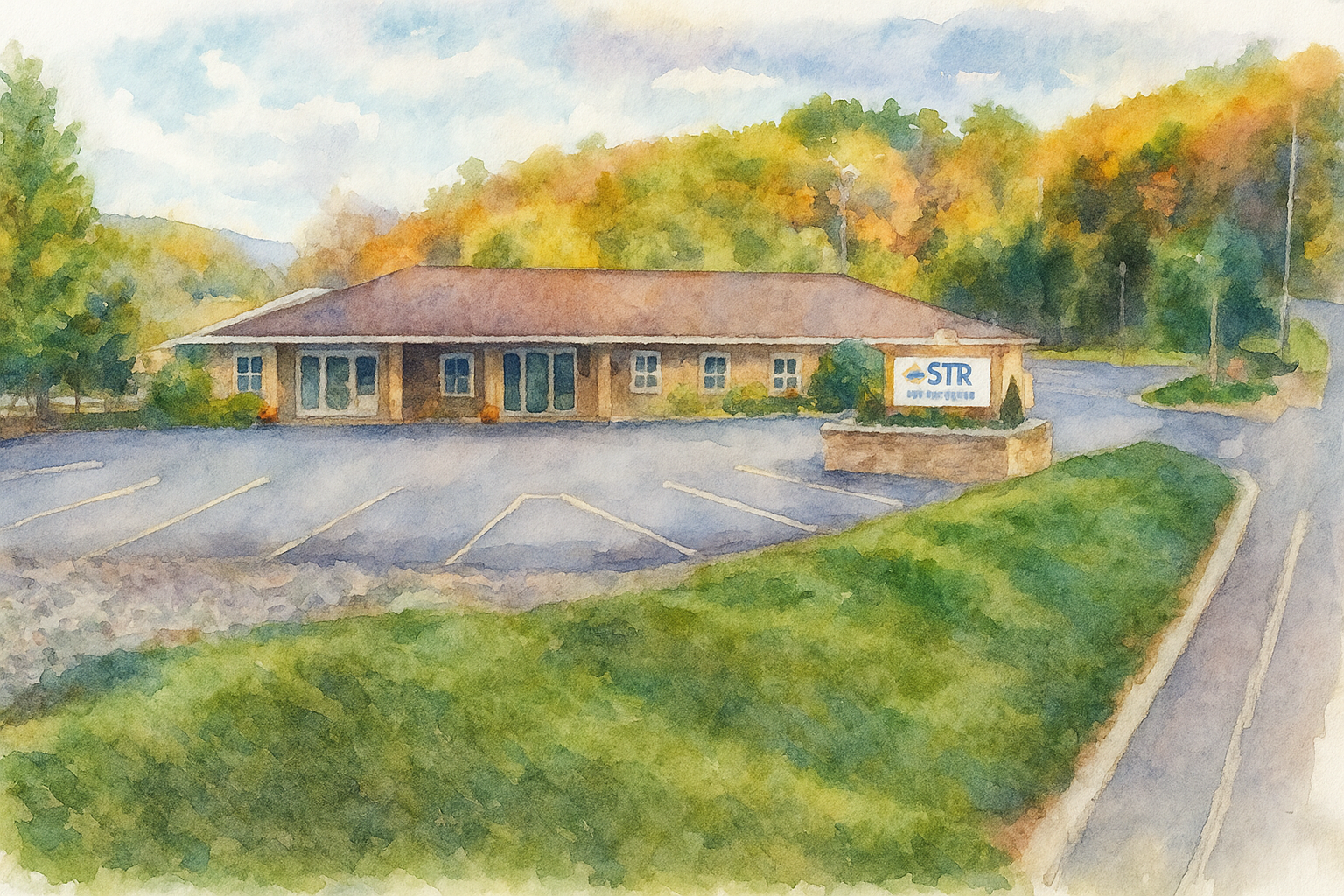What is obsessive-compulsive disorder (OCD)?
Approximately 2.2 million adults have OCD, an anxiety disorder that makes everyday worries and doubts more intense, according to the NIMH (National Institute of Mental Health). A third of the clients report symptoms as early as childhood; both men and women receive the diagnosis equally. Those with OCD feel powerless to stop their ritualistic behavior, regardless of whether they realize it is senseless.
Someone may go through a door several times until it is “just right,” or a student may spend more time on a test erasing checkmarks to make them look “perfect.” Due to the time lost on their rituals, many OCD clients have difficulty going to work or school. To perfect the routine, they may repeatedly dress and undress, never leaving the house.
Signs and Symptoms of OCD
People with OCD have repetitive behaviors like excessive cleaning or constant worry about getting hurt. It is common for those diagnosed to have intrusive thoughts and impulses to hurt themselves or others while following their rituals.
Some people, however, have difficulty getting rid of things, which may lead to hoarding. Symptoms of OCD may include motor tics or twitches, and if left untreated, it can lead to emotional distress.
It is crucial to seek help from a trained professional who can identify the problem and prescribe the proper treatment for someone with OCD who has a substance use disorder to cope with their symptoms.
- Hand washing-induced dermatitis
- Fixation on irrational beliefs
- Intrusive, aggressive thoughts or visuals
- Anxiety regarding personal security
- Skin wounds (resulting from scratching)
- Phobia of inauspicious numbers
- Fear of committing wrongdoing
- Obsession with filth and bacteria
- Visions of causing harm to their offspring
- Fixation on maintaining control
- Anxiety about losing possessions
- The urge to vocalize thoughts
- Compulsive hair pulling
- Anxiety over hurting oneself or others
OCD sufferers may exhibit the following compulsions or repetitive thoughts or behaviors to relieve anxiety:
- Engaging in ritualistic tallying
- Collecting belongings excessively
- Compulsively verifying
- Performing repetitive gestures or tasks
- Inspecting objects continuously, such as the stove being on
- Excessively tidying up
- Arranging objects meticulously
- Constantly seeking reassurance
- Scrubbing the skin until it is raw
- Counting in specific sequences
Contact STR Behavioral Health to receive an accurate diagnosis. It is important to note that these symptoms may not necessarily indicate OCD.
Co-Occurring Conditions with OCD
Individuals with OCD may also experience other mental health conditions simultaneously. Some common co-occurring disorders include:
- Anxiety Disorders: Generalized Anxiety Disorder, Panic Disorder, and Social Anxiety Disorder often coexist with OCD. These conditions can intensify the distress and impairment caused by OCD symptoms.
- OCD can cause depression symptoms like sadness, low energy, loss of interest, and changes in sleep and appetite.
- People with OCD may develop eating disorders such as anorexia or bulimia. This is because they experience heightened obsessions and compulsions about food and body image.
- Attention-Deficit/Hyperactivity Disorder (ADHD): ADHD is a common co-occurring condition with OCD. It can complicate the management of OCD symptoms, as individuals may struggle with impulsivity, attention difficulties, and hyperactivity.
Obsessive-Compulsive Disorder Treatment
Effective treatments are available to help individuals manage OCD symptoms and improve their quality of life. The two primary treatment approaches for OCD include:
- Cognitive-Behavioral Therapy (CBT): CBT is a type of therapy that focuses on changing thoughts, beliefs, and behaviors associated with OCD. One specific type of CBT, called Exposure and Response Prevention (ERP), is highly effective in treating OCD. ERP involves gradually exposing individuals to their obsessive thoughts and helping them resist engaging in compulsive behaviors. This process helps reduce anxiety and breaks the cycle of obsessions and compulsions.
- Medication: Sometimes, medication can help manage OCD symptoms. These medications can help reduce anxiety and improve mood, making it easier to engage in therapy.


